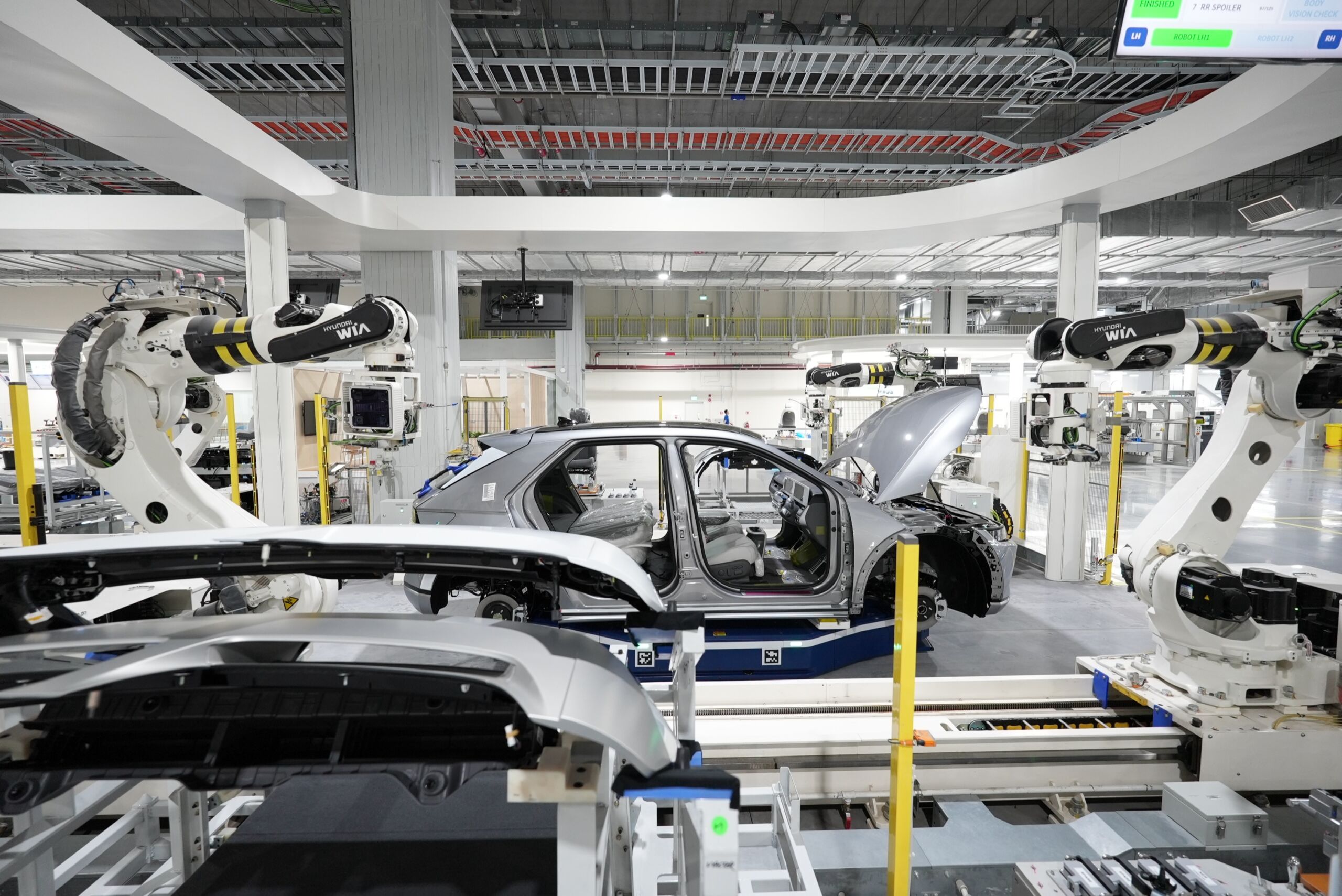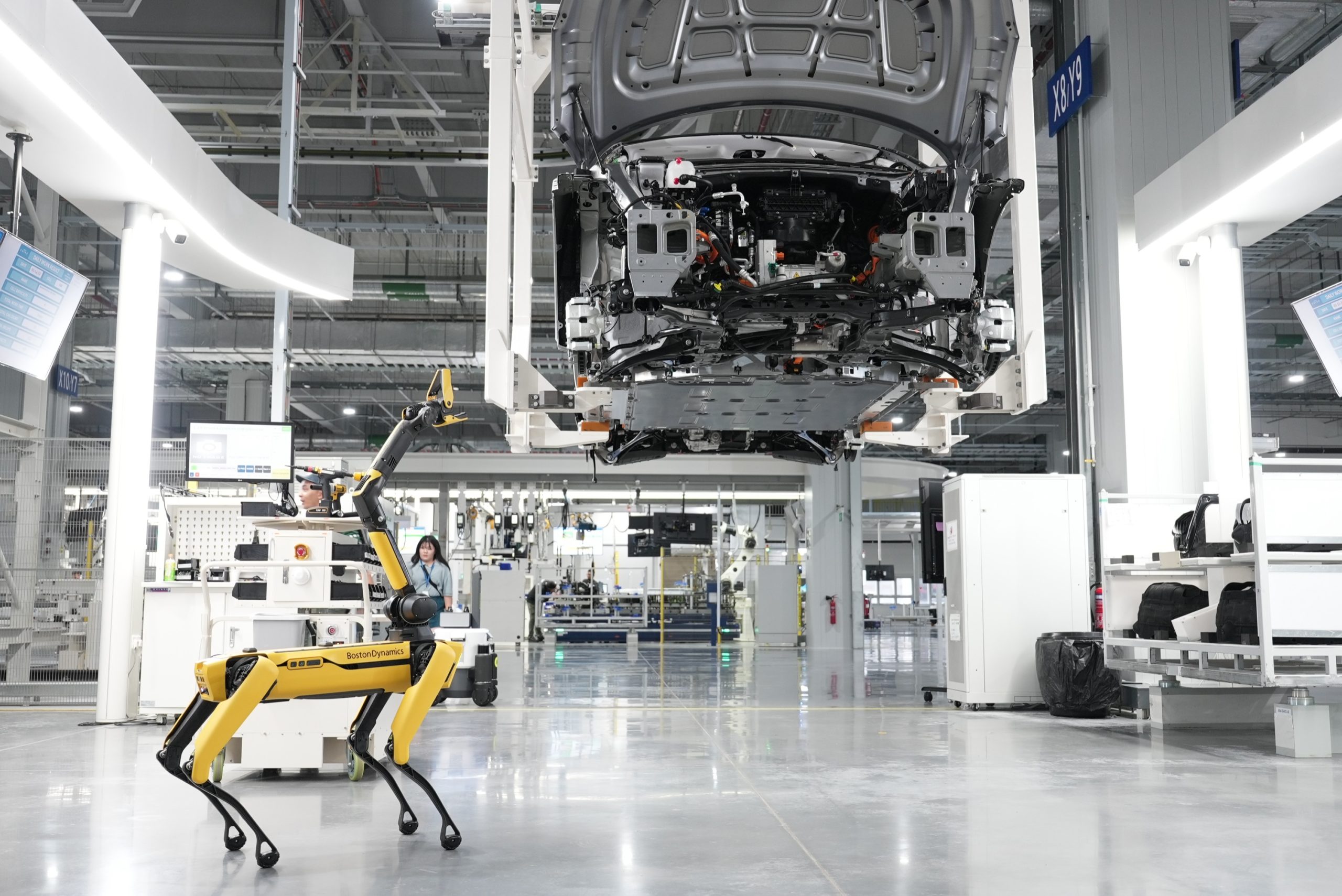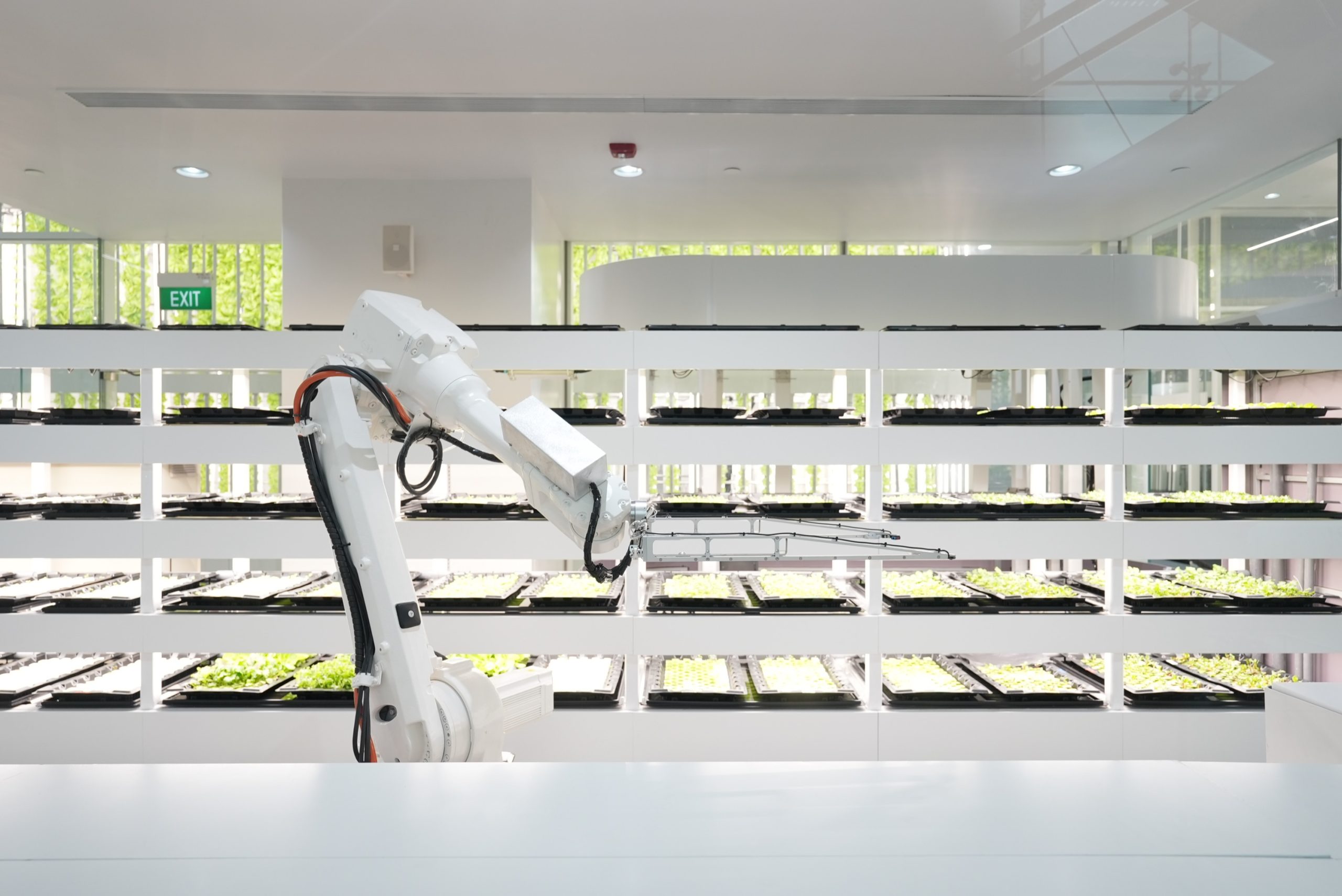SINGAPORE—The Hyundai Motor Group seems to have figured it out. While other automakers are pulling back on EVs, the Korean automaker continues to introduce EVs that people like and are purchasing.
It's not rocket science that if you offer good EVs at relatively reasonable prices, the sales will follow. Or maybe it is; I don't want to pretend I understand the mind of an automotive CEO.
As HMG gears up for additional models in its lineup and falls for the allure of increased EV sales, it's building additional facilities, including the Georgia Metaplant that Hyundai is rushing to start production in 2024. Once at peak production, Hyundai says it will spit out about half a million EVs a year.
I visited another plant. The Hyundai Motor Group's Innovation Center in Singapore (HMGICS) isn't targeting large numbers. Instead, it's a facility built to figure out how to make that Metaplant more efficient while piloting programs to offer up personalized, low-run EVs.
The machine that builds the machine
In Singapore, HMG is working toward the machine that builds the machine. Instead of trying to put it into practice at a major factory the way Tesla did with the Model 3, it's trying out different ways to incorporate more robots and AI (yeah, AI) to reduce the number of humans on the line. Well, not really even a line. HMG has removed that aspect of car building at this facility.
I've been fortunate enough to visit quite a few vehicle assembly lines. Outside of a few small differences here and there, they're all pretty much the same, with humans and robots working together, each with its own task, to build a vehicle. One thing that's for the most part a human job is installing the dash and seats. Even if a robot moves the items into place, a human adjusts and secures them to the vehicle.





 Loading comments...
Loading comments...
